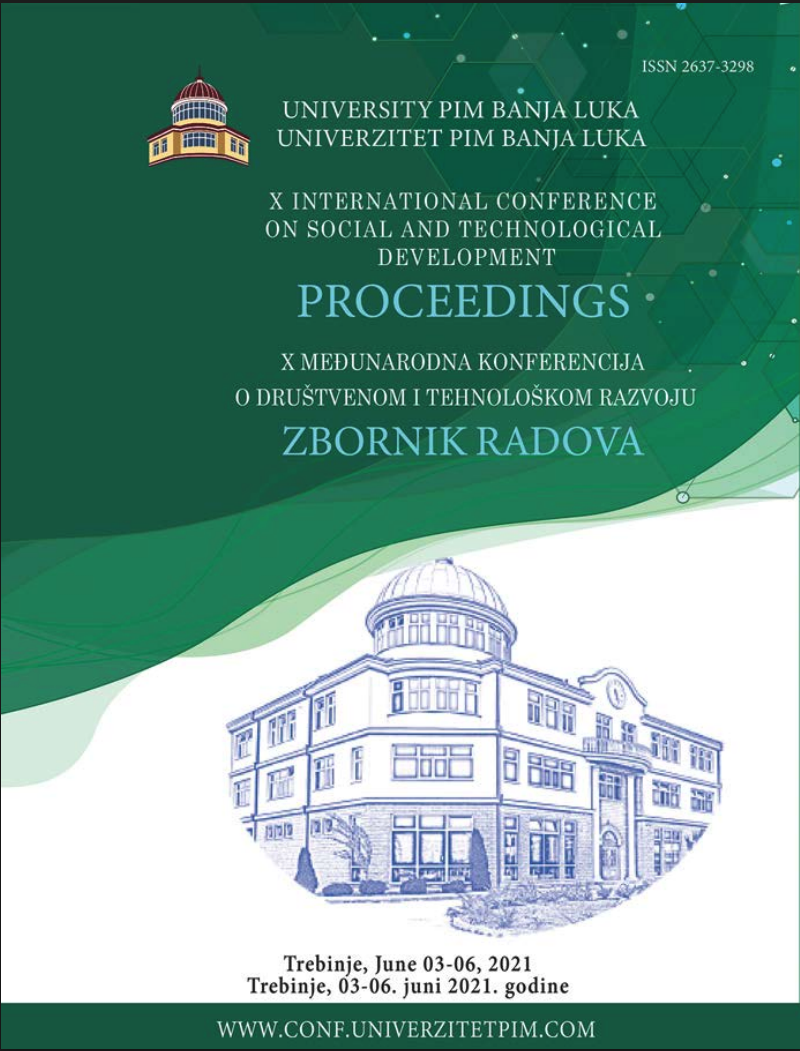
This is an open access article distributed under the Creative Commons Attribution License which permits unrestricted use, distribution, and reproduction in any medium, provided the original work is properly cited.
Faculty of Maritime Studies Kotor, University of Montenegro , Podgorica , Montenegro
Faculty of Maritime Studies Kotor, University of Montenegro , Podgorica , Montenegro
The research of new materials on the basis of memory shape today occupies the special attention of researchers in various industrial fields, such as medicine, traffic, robotics, etc. This paper analyzes the possibility of applying SMA in the maritime industry in terms of monitoring the behavior of memory shaped alloys in different marine environments. The subject of the research are alloys Cu-Al-Ni and Ni-Ti CC processed by continuous casting in the shape of rectangular bars Ni-Ti as cast processed by casting in the shape of a round rods. The chemical composition of the samples was measured at the beginning, after six and twelve months. The samples were analyzed by the method of energy dispersion spectrophotometric analysis showing changes in chemical composition. According to the obtained results, oxidation in Cu-Al-Ni indicates passivation of aluminum and a drop in copper which indicates pit formation, while oxidation in Ni-Ti alloys indicates passivation of titanium. Comparing Ni-Ti alloys, it can be concluded that Ni-Ti CC indicates a uniform chemical composition of nickel and titanium and thus better behavior in the marine environment than Ni-Ti as cast. By monitoring the chemical composition of all alloys, we conclude that the most intense corrosion process is on the sea surface, while the weakest is in the air.
The statements, opinions and data contained in the journal are solely those of the individual authors and contributors and not of the publisher and the editor(s). We stay neutral with regard to jurisdictional claims in published maps and institutional affiliations.